Cadmium Sulfide Nanoparticles
₹0.00
Cadmium Sulfide Nanopowder
Cadmium Sulfide Nanoparticles
Nano Cadmium Sulfide Powder
| Product | Cadmium Sulfide Nanopowder |
| Formula | CdS |
| Stock No. | NCZNP111-19 |
| CAS | 1306-23-6 |
| Purity | 99.9% |
| APS | 40 nm (customization available) |
| Molar mass | 144.47 g/mol |
| Density | 4.826 g/cm3 |
| Melting Point | 1750 ˚C |
| Boiling Point | 980 ˚C |
Cadmium Sulfide Nanoparticles
Note: We can supply different size products of microparticles and Nanoparticles Size range powder according to the client’s requirements.
Note: For pricing & ordering information, please contact us at: sales@nanochemazone.com
Please contact us for quotes on Larger Quantities & Customization. E-mail: contact@nanochemazone.com
Customization:
If you are planning to order large quantities for your industrial and academic needs, please note that customization of parameters (such as size, length, purity, functionalities etc.) are available upon request.
You must be logged in to post a review.
Related products
Boron Nanoparticles
Boron Nanoparticles
Boron Nanopowder
Nano Boron Powder
| Product | Boron Nanoparticles |
| Formula | B |
| Stock No. | NCZNP106-19 |
| CAS | 7440-42-8 |
| Purity | 99.9% |
| APS | 80 nm (customization available) |
| Colour | Brown black |
| Melting Point | 2400 ˚C |
| Hardness | 9.5 |
| Boiling Point | 2700 ˚C |
Cadmium Nanoparticles
Cadmium Nanoparticles
Cadmium Nanopowder
Nano Cadmium powder
| Product | Cadmium Nanoparticles |
| Stock No. | NCZNP108-19 |
| CAS | 7440-43-9 |
| Purity | 99.9 % |
| APS | 60-80 nm (customization available) |
| Molecular Formula | Cd |
| Molecular Weight | 112.41 g/mol |
| Form | Powder |
| Colour | Grey |
| Density | 8.65 g/cm³ |
| Melting Point | 320.9 °C |
| Boiling Point | 765 °C |
| Young's Modulus | 50 GPa |
Cadmium Oxide Nanoparticles
Cadmium Oxide Nanoparticles
Cadmium Oxide Nanopowder
Nano Cadmium Oxide Powder
| Product | Cadmium Oxide Nanoparticles |
| Formula | CdO |
| Stock No. | NCZNP109-19 |
| CAS | 1306-19-0 |
| Purity | 99.5% |
| APS | 20-30 nm (customization available) |
| Colour | white |
| Morphology | Spherical |
| Density | 8.15 g/cm3 |
| Melting Point | 1427 ˚C |
| Boiling Point | 1559 ˚C |
Cadmium Selenide Nanoparticles
Cadmium Selenide Nanoparticles
Cadmium Selenide Nanopowder
Nano Cadmium Selenide powder
| Product | Cadmium Selenide Nanoparticles |
| Formula | CdSe |
| Stock No. | NCZNP110-19 |
| CAS | 1306-24-7 |
| Purity | 99.5% |
| APS | 10 nm (customization available) |
| Molar mass | 191.39 g/mol |
| Density | 5.81 g/cm3 |
| Melting Point | 1240 ˚C |
| Boiling Point | 1510 ˚C |
Chromium Oxide Nanopowder
Chromium Oxide Nanoparticles
Chromium Oxide Nanopowder
Nano Chromium Oxide Powder
| MF: | Cr2O3 |
| Chemical Name: | Chromium Oxide |
| Purity: | > 99.99% |
| APS: | 50 nm (Size Customization possible) |
| Form: | Nanopowder |
| Product Number: | #NCZ1601 |
| CAS Number | 1308-38-9 |
Molybdenum Disilicide MoSi2
Molybdenum Disilicide Nanoparticles
| MF | MoSi2 |
| Chemical Name | Molybdenum Disilicide MoSi2 |
| Purity | ≥ 99% |
| APS | 50-100 nm, 1 to 5 um, 10 um, 325 Mesh (Size Customization possible) |
| Form | Gray Powder |
| Product Number | NCZ3246-20 |
| CAS Number | 12136-78-6 |
Molybdenum Disilicide MoSi2
Note: We supply different products of microparticles and Nanoparticles powder in all sizes range according to the client’s requirements.
MoSi2 is the intermediate phase of the Mo-Si binary alloy system with the highest content of silica. It has the characters of both metal and ceramic. MoSi2 has good high-temperature oxidation resistance, high-temperature plasticity, heat-conductibility, electro-conductibility, and mobility. And it has a wide range of applications in high-temperature structural ceramics. MoSi2 is mainly used as a heating element, integrated circuit, high-temperature oxidation resistant coating, and high-temperature structural materials. As a structural material, MoSi2 can be used in aviation, spaceflight, high-temperature components of automobile gas turbines. Spherical molybdenum disilicide is the core product.
Titanium Disilicide TiSi2
Titanium Disilicide TiSi2 Nanoparticles
Nano Titanium Disilicide
| MF | TiSi2 |
| Chemical Name | Titanium Disilicide |
| Purity | ≥ 99% |
| APS | 50-100 nm, 1 to 5 um, 10 um, 325 Mesh (Size Customization possible) |
| Form | Gray Powder |
| Product Number | NCZ3248-20 |
| CAS Number | 12039-83-7 |
Note: We supply different products of microparticles and Nanoparticles powder in all sizes range according to the client’s requirements.
Titanium Disilicide Powder
Zirconium Oxide Nanopowder
Zirconium Oxide Nanopowder
Product Name: Zirconium Oxide Nanopowder
| Product | Zirconium Oxide Powder |
| MF | ZrO2 |
| Item Code | NCZ-AM-102-20 |
| CAS Number | 1314-23-4 |
| Particle Size | 70 nm, 1 micron, 10 microns, 325 Mesh (Customization is available) |
| Hafnium Content | ≤ 0.1% or less than 1000 ppm |
| Molecular Weight | 123.22 |
| Appearance | White Powder |
| Purity | 99% to 99.999% |
Zirconium Oxide Nanopowder
Stefanic et al. have study the influence of processing parameters (pH value, type of anion, and reaction temperature) on the properties of hydrous zirconia. They mix zirconium n-isopropoxide in isopropanol with aqueous solutions of different pH values and ion types. After that, they calcined the sample at 400°C. They obtain tetragonal zirconia as the dominant phase after calcination.
Stocker & Baiker have prepared zirconia aerogel by sol-gel method using tetra-n-butoxy zirconium (IV) and acid catalysis. They vary the acid to alkoxide ratio and types of alcoholic solvent in the reaction. They found out that zirconia aerogel prepared with an acid-to-alkoxide ratio of 0.95 and butanol have the largest BET surface area (205 m2g-1).
Beena et al. synthesized nanocrystalline zirconia using sol-gel and precipitation techniques. For sol-gel synthesis, they dilute zirconium propoxide to 30wt% by adding propanol and then hydrolyze with dropwise ammonia solution under continuous stirring until pH 10-10.5. For precipitation synthesis, they dissolved zirconium oxychloride in distilled water and then hydrolyzed with dropwise ammonia solution under continuous stirring until pH 10-10.5. The precipitates are then filtered and washed with distilled water to remove chlorine ions. Both sol-gel and precipitate samples are dried in an oven as well as under vacuum in rotavapor before calcined at different temperatures (400-700°C).
Size Options: also available in the other nano and micron size range, 325 Mesh, 200 Mesh, etc. (Ask for the size and ratio customization)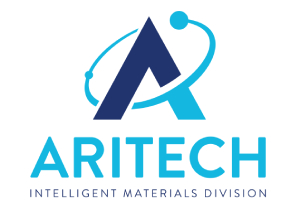



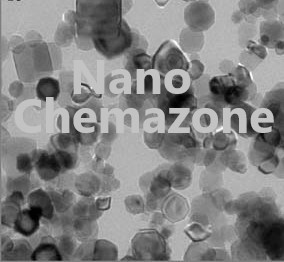

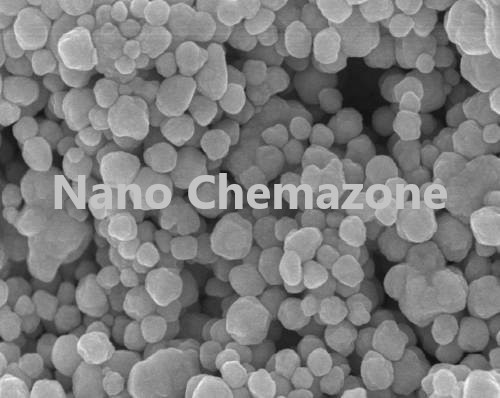

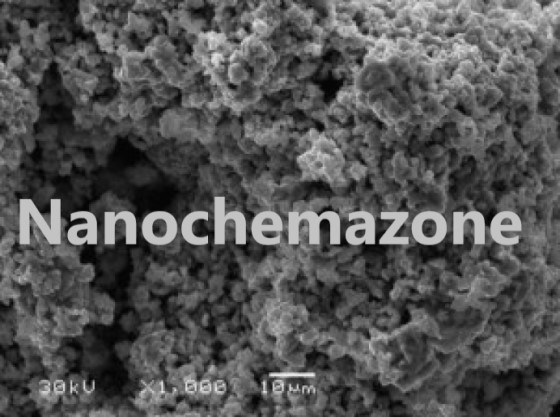


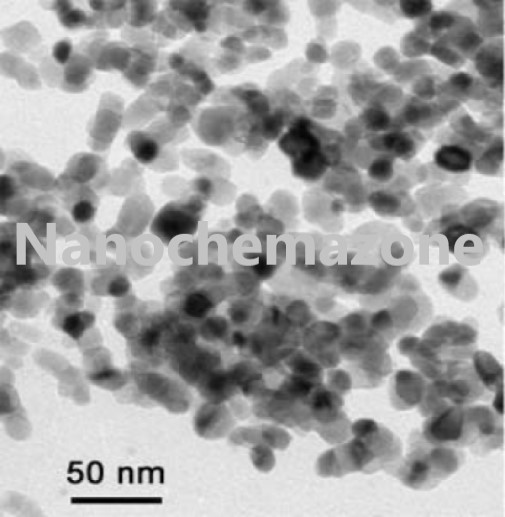
Reviews
There are no reviews yet.